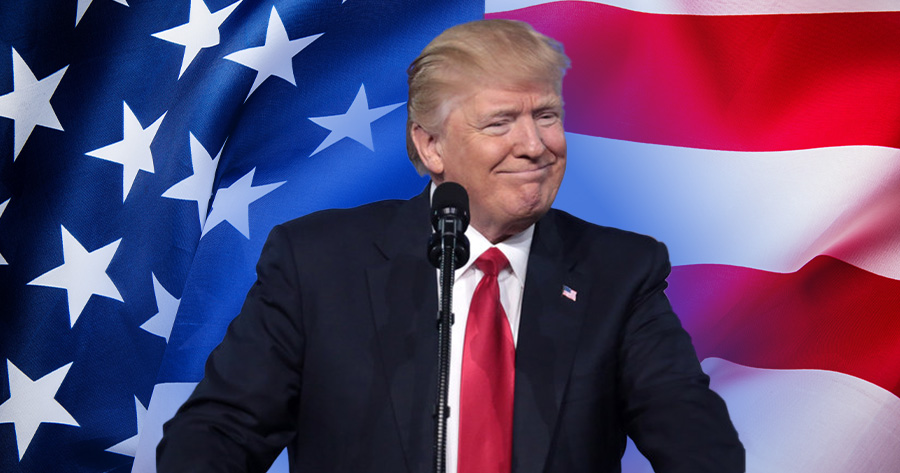On Friday, a divided U.S. appeals court found that the bulk of President Donald Trump’s tariffs imposed on his trading partners are illegal, casting uncertainty over one of his administration’s signature trade policies. However, judges agreed to keep the tariffs temporarily in effect until October 14, offering the government an opportunity to seek intervention from the Supreme Court.
Trump had leaned heavily on tariffs as a linchpin of his foreign and economic agenda, wielding the penalties to push trading partners into making concessions and to pressure them in trade talks. While these measures amplified the White House’s negotiating clout, they also triggered turbulence in global financial markets.
Friday’s 7-4 ruling by the U.S. Court of Appeals for the Federal Circuit in Washington scrutinized the legality of so-called “reciprocal” tariffs launched amid the intensifying 2018 trade dispute, along with separate sanctions imposed on China, Canada, and Mexico at the start of the following year. The decision fell largely along party lines: of the seven judges in the majority, six were Democratic appointees; two of the four dissenters were picked by Republican presidents.
Notably, Friday’s order does not affect other tariffs levied under alternative statutes—such as those targeting steel and aluminum. The White House has broadly cited the International Emergency Economic Powers Act (IEEPA) to justify these actions, arguing persistent trade deficits constitute a threat to national security and industrial capacity. Earlier, Trump declared a state of emergency, citing concerns that the nation’s decades-long importing habit undermined American manufacturing and defense readiness.





